Using the Vintage Spoons as Part of Your Dining Decor
A vintage spoon isn’t merely a utensil—it’s a carrier of stories, times, and tastes. It usually refers to a spoon that is 20–100 years old, often passed down generations or sourced from past eras. The origin of vintage spoons spans across cultures: from ornate Victorian silverware in the West to intricate brass and bell-metal spoons in India, often used in temple rituals or festive kitchens. These spoons weren’t just tools; they were companions in slow-cooked meals, in Sunday brunches on carved wooden tables, in rituals where turmeric and ghee were measured with care. In India, their origin often ties back to local artisans—be it Moradabad’s metalwork or Tamil Nadu’s temple town silversmiths. Vintage spoons are not relics of luxury alone; they reflect lived-in warmth, functionality, and aesthetics of a slower, more intentional culinary culture. They’re fragments of a household’s rhythm and identity.
How Is A Vintage Spoon Different From Modern Or Contemporary Cutlery?
Modern spoons are uniform, sleek, and often machine-produced for mass appeal, functionality, and minimalism. In contrast, vintage spoons carry the fingerprints of time—dents from decades of stirring, patinas formed from stories untold. Their difference lies not just in material, but in philosophy. A vintage spoon invites you to hold history, to feel the weight of design, the intention of craft. Where modern spoons are silent in character, vintage ones speak—of a grandmother’s spice box, of ceremonial thalis, of colonial hotels, and humble Indian kitchens. They come in unique shapes—oval, scalloped, hand-hammered—and sometimes bear engravings or stamps of origin. There’s individuality in vintage, a tactile soul that modern cutlery often lacks. Even the way they catch light, or rest on a plate, feels different. It’s not about utility alone—it’s about memory, mood, and heritage, deeply embedded in something as everyday as a spoon.
What Are The Different Styles Or Types Of Vintage Spoons?
Vintage spoons reflect both cultural diversity and function. Each type whispers a different story. There’s the dessert spoon, usually ornate, smaller in size, often gifted in weddings. Soup spoons are round-bowled, sometimes with long elegant handles. Teaspoons, often inherited in brass or silver, feel deeply personal—used every morning with chai or in mixing ayurvedic concoctions. Then there are serving spoons—broader, heavier, designed to lift more than food—emotion, generosity, tradition. In India, we encounter paan spoons, puja spoons (often long-handled), and even baby-feeding spoons with a wide, gentle curve. Some carry regional flair—Rajasthani filigree work, South Indian temple motifs, or colonial-era silver patterns. Vintage European spoons, by contrast, follow eras—Victorian, Art Nouveau, Mid-century Modern. Each type has a distinct language of design, tied to its purpose and place. They remind us that even a spoon can be a storyteller, shaped not only by use but by time and belief.
What Materials Are Commonly Used In Vintage Spoons?
Vintage spoons are born out of both necessity and artistry, and their materials reflect that. Silver is the most celebrated—sterling or plated—revered for its antibacterial properties and elegance. Often gifted during weddings or births, silver spoons acquire a soft sheen over time. Brass and bell-metal are rooted in Indian households, used in both kitchens and rituals. These materials retain heat well and carry a distinct, rustic charm. Copper, though less common in spoons, appears in certain Ayurvedic practices. Wooden spoons, carved with care, were used in rural homes and temple kitchens. In the West, pewter, nickel silver, or even bone-handled spoons became popular across various decades. Each material lends its own texture, weight, and feel. A silver spoon glides with grace; a brass spoon grounds with earthiness. These materials aren’t just choices—they’re cultural signatures, silently conveying how a society cooked, lived, and cherished the ordinary.
What Motifs Or Designs Are Common On Vintage Spoons?
Motifs on vintage spoons are never random—they're often windows into cultural aesthetics and personal values. In Indian spoons, you’ll find lotus patterns, peacock engravings, and temple-inspired floral vines—each rooted in symbolism and ritual. Many brass spoons from South India feature mythological scenes or geometric mandalas, subtly invoking sacred geometry. Silver spoons may be filigreed, embossed, or stamped with family initials or the silversmith’s mark. European vintage spoons often flaunt Art Nouveau curves, floral flourishes, or royal insignias—each linked to the era’s artistic leanings. Some even have porcelain inlays or enamel-coated handles with scenic prints. Motifs weren’t merely decorative—they denoted class, occasion, or belonging. The detailing on the handle, the bowl’s curvature, the textures—they all add a poetic dimension. A vintage spoon becomes a tactile map of a time and place, with its designs echoing the stories of festivals, feasts, and family gatherings long gone.
Where Can I Buy Authentic Vintage Spoons Online?
Finding authentic vintage spoons online is like treasure-hunting—if you know where to look, the reward is timeless. Start with trusted vintage marketplaces like Etsy, eBay, or Chairish, where sellers offer spoons with history, often including origin details and aging marks. In India, platforms like IndianShelf, Jaypore, or Rustic Charm Interiors sometimes feature heritage brass or silver pieces. Look for spoons that carry hallmarks, patinas, or signs of handcraft. Read the seller’s reviews, and ask questions—Was it handmade? What's its era? Is it restored? Antique stores with an online presence also provide curated collections. Some artisans and heritage curators on Instagram or Pinterest showcase vintage finds from Indian flea markets or old estates. Ultimately, it's not about gloss but grit—buying a vintage spoon means choosing something real, used, aged, yet enduring. It's a poetic rebellion against the plastic and the passing.
How Can I Incorporate Vintage Spoons Into A Modern Kitchen Or Dining Setup?
A vintage spoon brings character to modernity—a touch of the past in a present often rushing toward minimalism. Place a hand-carved brass spoon beside a matte ceramic bowl and suddenly, you’re not just serving dal—you’re creating an experience. Use silver teaspoons with your morning chai or coffee; the weight of it changes the rhythm of the sip. Hang a few ornate spoons on the kitchen wall, in shadowboxes or frames, to add depth and soul to your space. Use them as serving pieces during festive meals or housewarmings—they become conversation starters. Pairing vintage with modern doesn’t clash—it complements. A teak wood table, a concrete countertop, and a spoon with filigree? That’s harmony. Vintage spoons whisper slowness in a fast world. Integrating them into daily use isn’t about aesthetics alone—it’s about reclaiming a forgotten sense of intimacy in eating, hosting, and living.
How Are Vintage Spoons Preserved And Celebrated Today?
Preserving vintage spoons is an act of love—toward memory, craft, and continuity. In many households, these spoons are kept in glass cabinets, alongside heirloom utensils and wedding gifts. Some are still used on auspicious days or during ritual meals, retaining their sacred place. Others find themselves in curated collections, with stories tagged beside them. Many artisans and cultural curators are now reviving interest in vintage dining ware, showcasing them at heritage exhibitions, online auctions, and in boutique decor spaces. Even films and period dramas use vintage spoons to evoke an era. On Instagram, niche pages are devoted to exploring vintage kitchen tools—each post an ode to a bygone domesticity. Some spoons are passed on with handwritten notes, detailing recipes or occasions they witnessed. Celebrating them isn’t nostalgia alone—it’s about recognizing how even the smallest, most practical object can become an anchor of personal and cultural identity.
How Is Vintage Indian Spoon Culture Linked To Sustainability?
In India, the past was sustainable by instinct. A vintage brass or silver spoon wasn’t used and thrown—it was polished, preserved, revered. The culture of reusing, restoring, and re-purposing cutlery meant that nothing was disposable. Vintage spoons symbolize this eco-conscious spirit—durable, natural materials, crafted to last generations. In a world overrun by plastic and stainless steel fast goods, choosing vintage is an act of resistance. It supports a circular economy, where what once belonged to a grandmother’s kitchen now becomes your everyday joy. These spoons need no factories belching smoke, no synthetic packaging, no carbon trail. They only ask to be remembered and used with care. Indian households, particularly in rural areas, still embrace these principles. The shine of a spoon is less about newness and more about the ritual of keeping. In their quiet grace, vintage spoons remind us that sustainability isn’t new—it’s simply a return.
What Are The Best Vintage Indian Spoon Gift Ideas?
Gifting a vintage Indian spoon isn’t just thoughtful—it’s soulful. You’re not giving an object; you’re offering history, warmth, and craft. A silver baby-feeding spoon, engraved with a birth date, makes for a heartfelt newborn gift. For weddings, consider a set of brass serving spoons with lotus or mango motifs—symbols of prosperity and nourishment. During housewarmings, a temple-design ladle or a spoon once used in rituals can invoke blessings. Hand-hammered copper spoons, packed with herbal teas, make for thoughtful wellness tokens. Pair a vintage pickle spoon with a jar of homemade achaar, and you’ve gifted both taste and tradition. If you want to go personal, choose a spoon from a specific region—say, a Rajasthani meenakari spoon or a Kerala-style uruli ladle. Wrap it in handloom cloth or store it in a carved wooden box. Let it be both a utility and a talisman—a spoonful of heritage.
How Can I Identify An Authentic Vintage Spoon?
Identifying an authentic vintage spoon is a bit like decoding time—subtle, precise, and rewarding. Start by looking for maker’s marks or hallmarks usually engraved on the handle or the back of the spoon’s bowl. These can indicate the manufacturer, year, or region of origin. The patina—a soft, aged finish—is a silent witness of age, often missing in reproductions. True vintage spoons may show minor imperfections: worn edges, faded engravings, or slight bends. These are not flaws but fingerprints of time. Materials matter too—older spoons are often crafted from silver, brass, or nickel, unlike mass-produced stainless steel pieces today. Finally, pay attention to design. Intricate patterns, regional motifs, and non-uniformity often hint at handcrafting—a hallmark of authenticity. Trust your tactile instincts. When a spoon tells a story even before the food touches it, you’re probably holding something real.
How To Clean And Maintain Vintage Spoons?
Cleaning a vintage spoon isn’t about scrubbing away the years—it’s about preserving its quiet history. Start gently. Use warm water and mild dish soap, applying with a soft cloth or sponge. Avoid steel wool or harsh chemicals; they strip the charm along with the dirt. For tarnished silver or brass, mix baking soda with lemon juice or vinegar—just a dab. Rub it in small circles, rinse, and dry immediately. Never soak vintage spoons, especially if they’re wooden-handled or have joints. Moisture creeps in silently and damages the core. For regular care, wrap each spoon in soft cotton or acid-free paper to prevent scratches and oxidation. Store in a dry place, away from direct sunlight. These spoons have survived decades—maybe centuries. Treat them not just as utensils but as timekeepers. Maintenance isn’t a chore here—it’s a ritual, a pause in routine to respect design and durability.
How Old Does A Spoon Need To Be To Be Considered “Vintage”?
In the world of collectibles, “vintage” usually wears a minimum age of 20 to 30 years. For spoons, the rule is no different. Anything made before the 2000s may already qualify, but the term isn’t just about the number—it’s about character. A spoon from the 1980s might be vintage, but a handcrafted brass spoon from the 1940s sings a deeper note. The materials used, the techniques employed, and the design sensibility all matter. Unlike “antique,” which typically means 100 years or older, vintage is more fluid—it carries not just age but relevance. It’s when form, function, and history intersect. That’s the beauty. A 30-year-old spoon might remind you of Sunday lunches at your grandmother’s, while a 50-year-old one could whisper colonial influences or art deco charm. Vintage isn’t just age—it’s presence. A sense of time that lingers, held in your hand.
Can I Use Vintage Spoons For Everyday Dining Or Serving?
Yes, you absolutely can. Vintage spoons are not just display-worthy—they’re built for function, made in an era where durability met beauty. Using them daily brings warmth and continuity to your table, transforming everyday dining into something ritualistic and meaningful. That said, a little awareness helps. Avoid using silver or brass spoons with acidic foods like lemon or tomato-based dishes regularly—they may corrode over time. And if the spoons have joints, enamel work, or inlays, treat them with a bit more care. Hand wash them, dry them softly. Using vintage spoons isn’t about convenience—it’s about conscious consumption. Each meal you eat with one is a gentle rebellion against disposability. It's a moment of dialogue between eras—your present and someone else's past. And maybe, just maybe, food tastes a little more soulful when served with a spoon that remembers stories.
What’s The Difference Between Vintage And Antique Spoons?
The line between vintage and antique is subtle but distinct. Think of it as the difference between memory and history. A vintage spoon is typically 20 to 99 years old—it carries the aesthetic of a past era but is still rooted in functional use. These are your mid-century silver teaspoons, your 1970s brass dessert spoons—pieces with nostalgia still pulsing. An antique spoon, on the other hand, is generally 100 years or older. It’s rarer, often more fragile, and may lean more toward the collectible than the practical. While vintage spoons echo your grandparents’ stories, antique spoons whisper tales from before your time—from colonial tables or royal feasts. Material and craftsmanship often differ too; antique spoons may have more detailed engravings or be entirely handmade. In essence, vintage is charm with use, while antique is reverence with caution. Both are beautiful, but their purpose may differ.
Are Silver-Plated Or Brass Vintage Spoons Safe For Modern Use?
Yes, they can be safe—but with awareness and care. Silver-plated vintage spoons are generally fine for daily use, especially if the plating is intact. If you notice any flaking or exposure of base metals like nickel or copper underneath, it’s best to reserve them for display or occasional use. Brass spoons, especially those from India, were traditionally used for their antimicrobial properties, but they’re not ideal for acidic foods, as brass can react and leach into the meal. Use them for serving dry or room-temperature dishes. Never put these spoons in the dishwasher; high temperatures and detergents will dull or damage them. And if they have intricate designs or enamel detailing, be gentler still. These spoons weren’t built for microwave society—they were built to last through care. The rule is simple: use them, but respect their chemistry and their craft.
How Do I Clean And Maintain Old Vintage Spoons?
Old vintage spoons demand care that’s gentle, deliberate, and kind—not unlike how we care for old books or memories. For basic cleaning, warm water mixed with mild soap is your safest bet. Use a soft cloth, not a scrubber, to avoid scratching the surface. For tarnished silver or brass, go natural: a mix of baking soda and lemon juice or white vinegar can lift years of dullness—but use sparingly. Always rinse thoroughly and dry completely; moisture is the slow villain of vintage cutlery. If your spoon has wooden or bone handles, avoid soaking—wipe instead. You can polish occasionally with metal-specific products, but don’t overdo it. A little tarnish adds to the story. Store them wrapped in muslin or acid-free tissue, separated to avoid scratching. Maintenance isn’t about keeping spoons looking new. It’s about letting them age gracefully, like the stories they’ve already carried—and the ones you’ll add next.
Is A Vintage Spoon Collection Suitable For Small Kitchens Or Limited Storage?
Absolutely. A vintage spoon collection is surprisingly space-friendly. Unlike bulky antiques or large cookware, spoons can be stored neatly—stacked, lined, or even hung as decor. Their utility adds value in compact kitchens: you don’t need an occasion to use them. A few well-chosen spoons—each with its own story—can elevate daily routines. Think of it like curating small treasures. A tiny brass serving spoon from Rajasthan, a silver-plated dessert spoon from England, a nickel-plated measuring spoon from 1950s America—each adds texture to your kitchen without demanding shelf space. And if you’re inclined toward aesthetics, you can mount or frame them as wall art—function meets poetry. Minimalism doesn’t always mean modern. Sometimes, it means selecting the past with purpose. In a small kitchen, a vintage spoon isn’t just a tool—it’s presence, history, and intimacy in the palm of your hand.
What’s The Average Cost Of A Vintage Spoon Or Cutlery Set?
The cost of a vintage spoon or set can vary widely, depending on age, material, maker, and design. A single silver-plated spoon with modest wear might cost ₹300 to ₹800, while a handcrafted brass serving spoon from the early 20th century could fetch ₹1,000 to ₹2,500. Sets are where the price climbs—especially if they include intricate engraving, are part of a known collection, or come in original packaging. A 6-piece vintage silverware set might start around ₹3,000 and go up to ₹10,000 or more, especially if sterling silver is involved. Rare pieces or spoons associated with specific regions or events (like coronation sets or colonial exports) may carry a higher price tag. But here's the thing—value isn't just monetary. When you buy a vintage spoon, you’re investing in craftsmanship, history, and emotion. So, whether ₹500 or ₹5,000, the return is often a quiet joy that outlives cost.
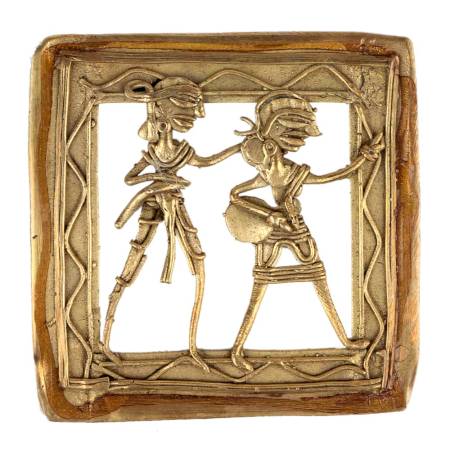
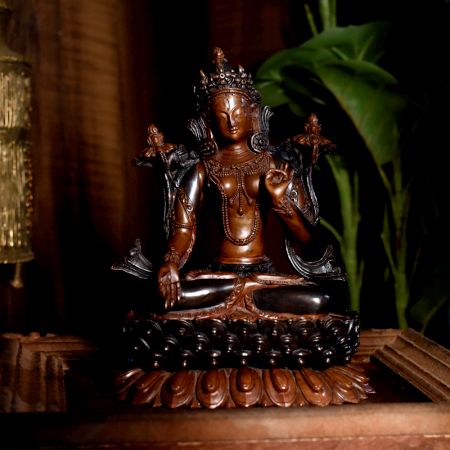
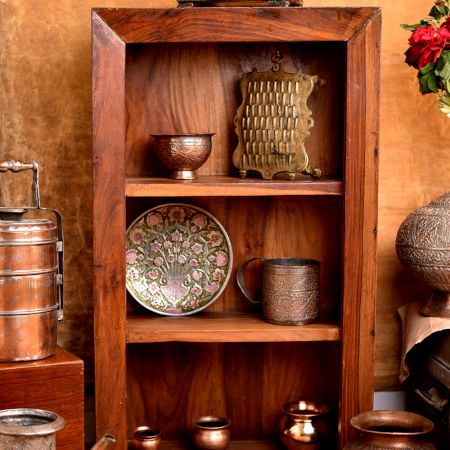
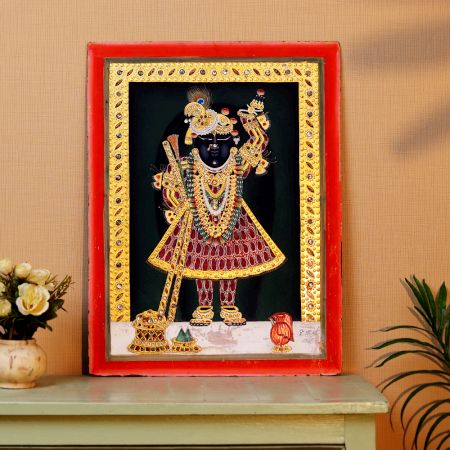
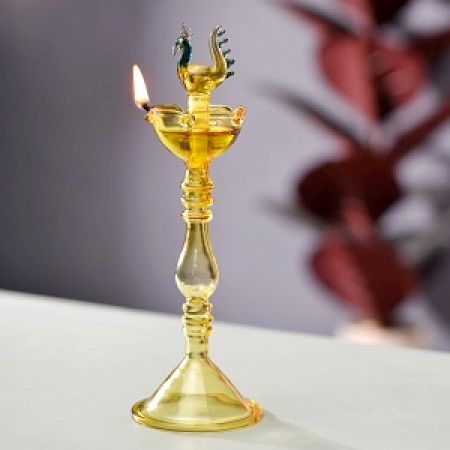
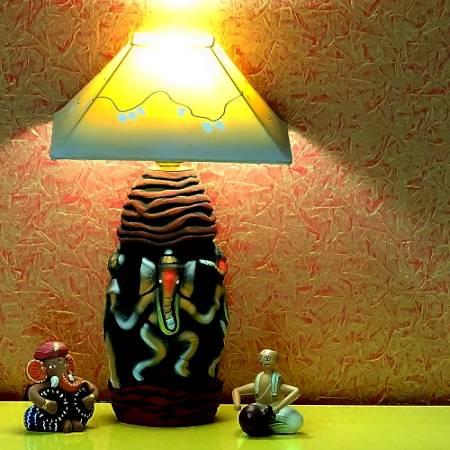
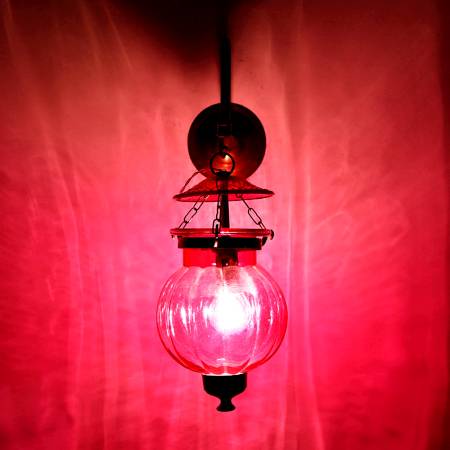

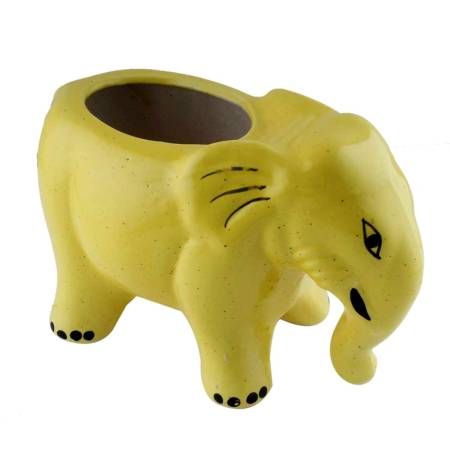
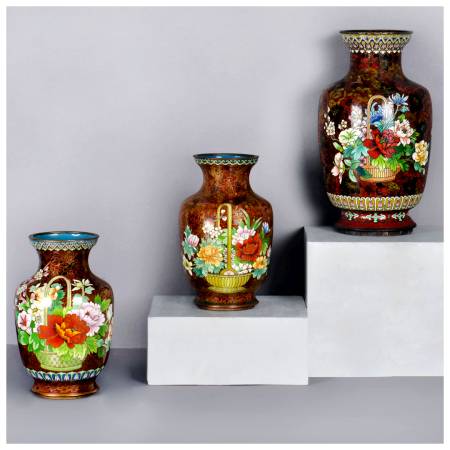
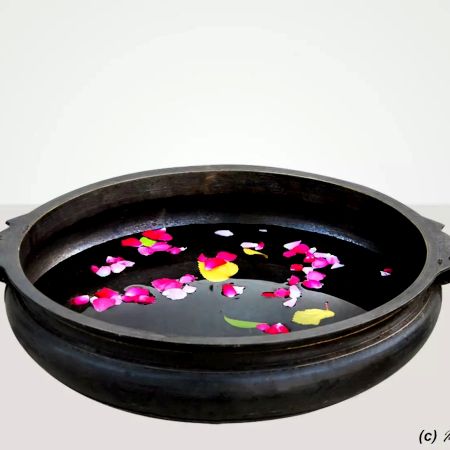
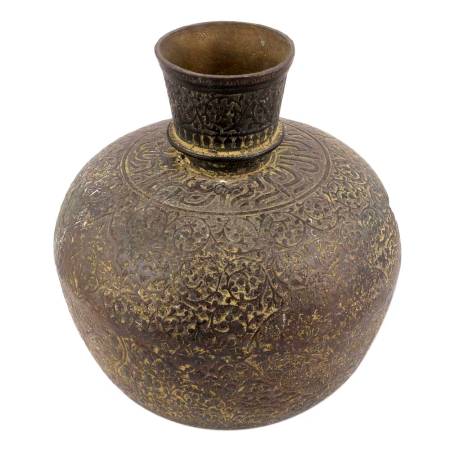
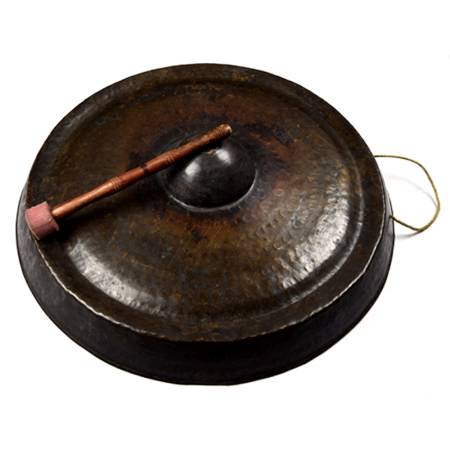

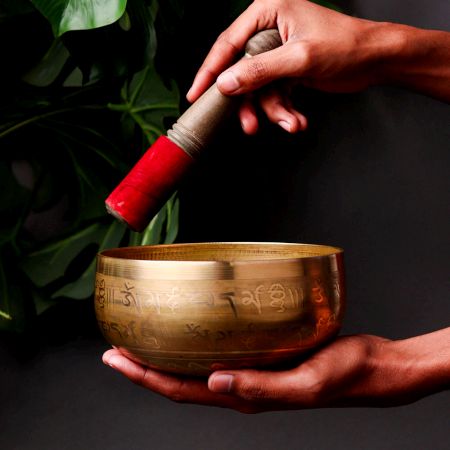
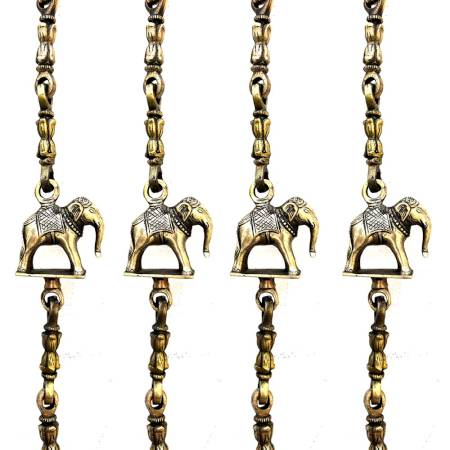
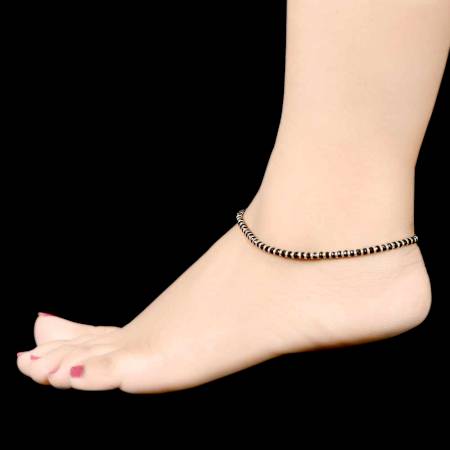
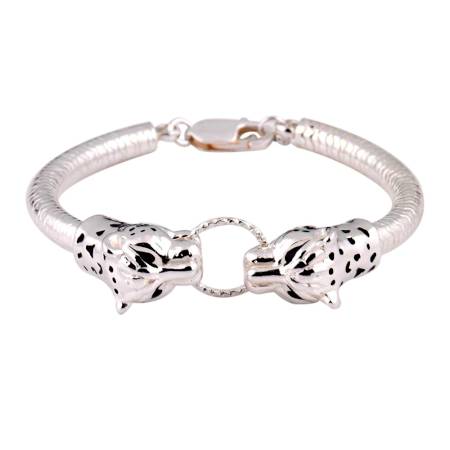
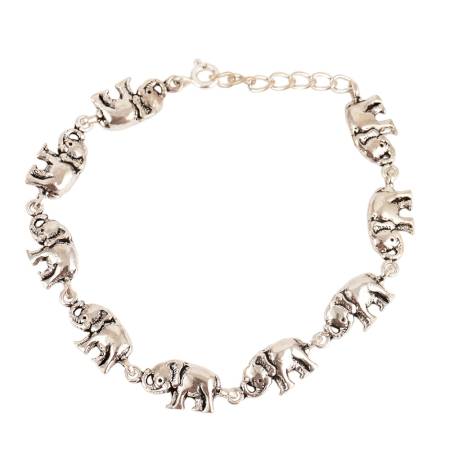
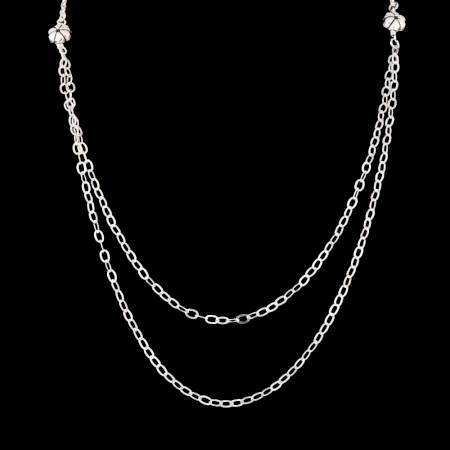
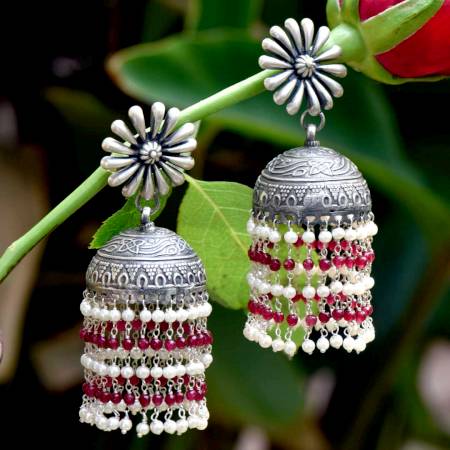
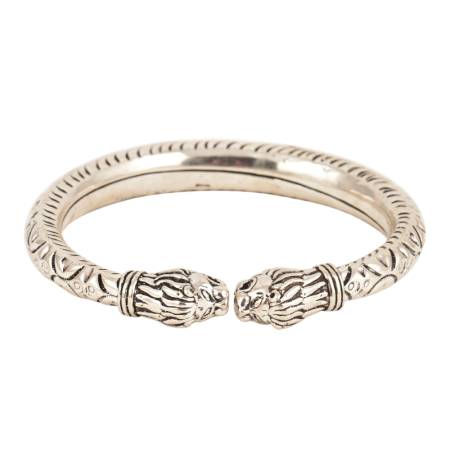
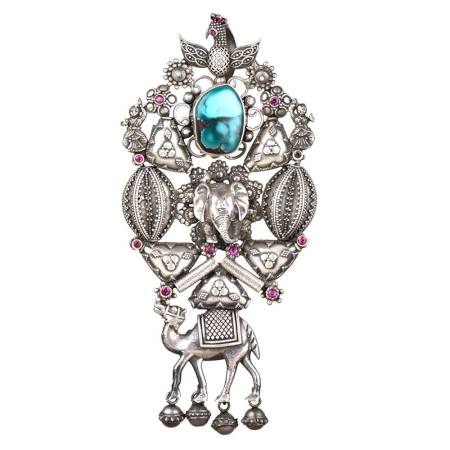
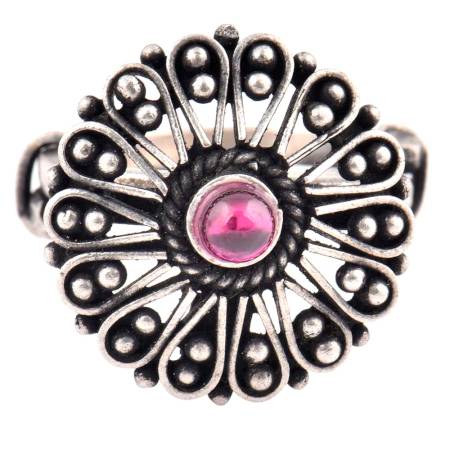
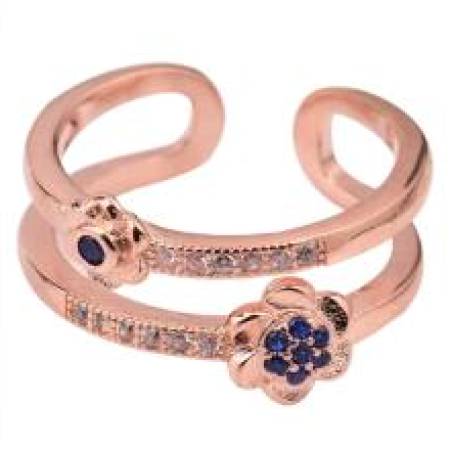
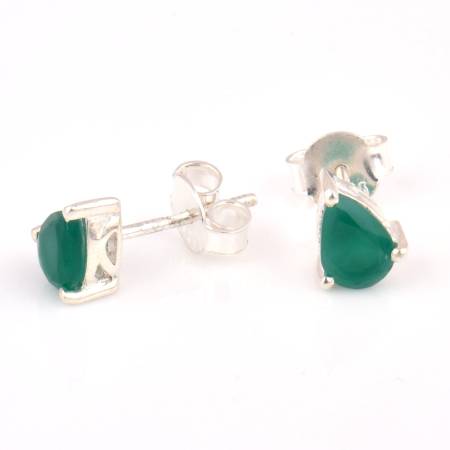

.JPG?ver=1.7)
.JPG?ver=1.7)
.JPG?ver=1.7)
.JPG?ver=1.7)
.JPG?ver=1.7)
.JPG?ver=1.7)
.JPG?ver=1.7)
.JPG?ver=1.7)
.JPG?ver=1.7)
.JPG?ver=1.7)
.JPG?ver=1.7)
.JPG?ver=1.7)
.JPG?ver=1.7)
.JPG?ver=1.7)
.JPG?ver=1.7)
.JPG?ver=1.7)
.JPG?ver=1.7)
.JPG?ver=1.7)
.JPG?ver=1.7)
.JPG?ver=1.7)
.JPG?ver=1.7)
.JPG?ver=1.7)
.JPG?ver=1.7)
.JPG?ver=1.7)
.JPG?ver=1.7)
.JPG?ver=1.7)
.jpg?ver=1.7)
.jpg?ver=1.7)
.JPG?ver=1.7)
.JPG?ver=1.7)
.JPG?ver=1.7)
.JPG?ver=1.7)
.JPG?ver=1.7)
.JPG?ver=1.7)
.JPG?ver=1.7)
.JPG?ver=1.7)
.JPG?ver=1.7)
.JPG?ver=1.7)
.JPG?ver=1.7)
.JPG?ver=1.7)
.JPG?ver=1.7)
.JPG?ver=1.7)
.JPG?ver=1.7)
.JPG?ver=1.7)
.JPG?ver=1.7)
.JPG?ver=1.7)
.JPG?ver=1.7)
.JPG?ver=1.7)
.jpg?ver=1.7)
.jpg?ver=1.7)
.JPG?ver=1.7)
.JPG?ver=1.7)